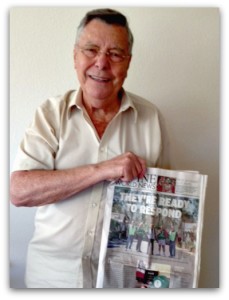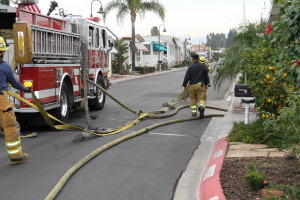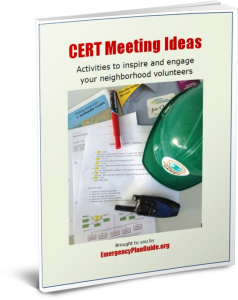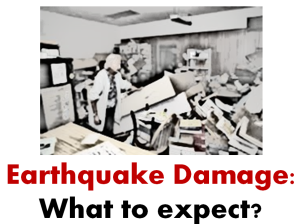How many terrorists are there, anyway?
Earlier this week we attended a special
CERT update presentation on Terrorism.
 The meeting was sponsored by our police department and given by an expert with military and law enforcement experience.
The meeting was sponsored by our police department and given by an expert with military and law enforcement experience.
As always, it was good to see some of our CERT colleagues and to renew that feeling of being a part of a committed and capable group. (We have over 2,000 grads in our community!)
As it turned out, much of what was presented is information we have already reported on here at Emergency Plan Guide. Check out the list of Advisories at the end of this article — remembering that some of them were written as early as 2013 and thus are dated.
Anyway, after our training at the City, and prompted by news headlines about terrorists that we’ve seen on pretty much a weekly basis, I decided to dig a deeper into the issue.
My first question was,
How many terrorist attacks have we experienced here in the U.S.?
After several hours of research, my answer is:
There’s no good answer to that question!
Statistics on terrorism were difficult to find and even harder to interpret. Let me go through the challenges that I faced in trying to answer what I though was a pretty simple question.
Challenge #1. “What’s your definition of terrorist?”
As you might expect (!), different people define terrorist differently.
Dictionary definitions of terrorism seem to include three elements: “using force, particularly against civilians, to achieve a political goal.” (Typically, “state-sponsored terrorism” is not included in the basic definition.)
OK, but other terrorist terms popped up, too.
For example, in the U.S., the FBI has the job of combating terrorism. On their website I found that they track or otherwise deal with two different categories of terrorists. “Known terrorists” have been convicted or are known to belong to a terrorist organization. “Suspected terrorists” are people likely to engage in terrorist activities.
(“Terrorist organizations” is yet another aspect of this study. The list of Foreign Terrorist Organizations is maintained, interestingly enough, not by the FBI but by the Department of State. https://www.state.gov/j/ct/rls/other/des/123085.htm.
And I could find NO formal list of Domestic Terrorist Organizations, but Wikipedia has a good start: https://en.wikipedia.org/wiki/Domestic_terrorism_in_the_United_States)
And we have all heard of the FBI’s “watchlist” that they use to track terrorists.
But I did NOT know that people cannot be put on that list solely because of their race, ethnicity, national origin, religious affiliation or because they are exercising First Amendment-protected rights – freedom of speech, freedom of the press, etc. There has to be a link to actual or potential terrorist activity – that is, back to the concept of “violence or force.”
You can find out more about the FBI and its watchlist here: https://www.fbi.gov/about/leadership-and-structure/national-security-branch/tsc.
Whew. More work than I really expected to have to do. But while we’re on words, I have to include “extremist” and “radical,” too. Both these words show up, right along with “terrorist.”
Further research suggests that extremists and radicals share and support ideas that are “far from what most people think is correct or reasonable.” It’s only when we add the concept of violent and forceful action that these believers shift over to becoming terrorists.
So what’s the point of all this word play?
Terrorist, extremist, radical, domestic, foreign . . .
It’s this: Having extreme beliefs doesn’t make you a terrorist or a criminal. Forcefully and violently ACTING on those beliefs can.
So, before I could even attempt to answer my initial question, I found I had to first define my terms!
Challenge # 2. What are the parameters of the source you are using?
There are more than a dozen lists online of recent and not-so-recent terrorist activity. Every single one is different. Why? It has to do with the parameters of the study.
And nowhere did I find those parameter clearly stated!
For example, I had to look for . . .
- Period covered. Online lists of terrorist activity cover very different periods of time – leading to different conclusions. For example, one oft-quoted and very long-term study (starting in the 1970s and ending in 2008) shows a preponderance of terrorist activity perpetrated by Jewish Underground organizations – groups which by today have become essentially inactive. Recent studies, covering the U.S. only since 2000, omit important acts like the Oklahoma City Bombing and Columbine. Timing matters.
- Current activities. Most studies online are not up to date. The most up-to-date list I found is here: https://en.wikipedia.org/wiki/Category:Lists_of_terrorist_incidents_by_year
As of February 15, 2017, the Wiki list shows 63 attacks for this month alone – none in the U.S. - Obvious bias. Again, as you can imagine, different authors are attempting to make a particular point. To pick up bias, first it helps to check the author of the study (Individual? Organization, Agency?) What about the use of particular jargon or “code” that reveals a particular point of view? (Religious bias seems to come through pretty strongly.)
With all this in mind, then ask yourself:
Challenge #3. What are YOU trying to prove?
If your goal, for example, is to focus on terrorist activities perpetrated by refugees (a popular topic these days), then be sure you set out your own clear parameters.
For example, if you were looking for statistics about terrorist activities perpetrated by refugees, you might look for refugees who . . .
- Came from a particular part of the world
- Arrived during a certain time period
- Adhere to a particular religion
- Attacked a certain target
- Used a particular weapon
- Etc.
As it turns out, for the purposes of this Advisory I found NO statistics on “refugee terrorists!”
I plan to continue with this topic, because at our meeting we learned some more about how police respond to terrorist activities, and what YOU can do to evade or avoid getting caught. But, that’s for another day.
Meanwhile, if I find myself hearing “statistics” about ANY of these subjects — terrorists, radicals, extremists, refugees — I know I’ll be a whole lot more cautious in trusting them.
Oh, and my research also came up with some terrific quotes about statistics, and I leave you with this one from William T. Watt (Professor of English, Lafayette College in Pennsylvania)
“Do not put your faith in what statistics say until you have carefully considered what they do not say.”
Virginia
Your Emergency Plan Guide Team
Some earlier Advisories with good background info:
- Can You Spot a Terrorist Before Something Goes Down?
- Activities That Could Be Acts of Preparing For a Terrorist Attack
- More on Spotting Suspicious Activities
- Special Report on Terrorism in the Workplace
Again, some of these were written as early as 2013, so keep that in mind as you read the stats!






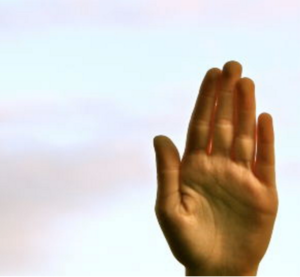
 OK, so you’re in good shape when it comes to preparedness.
OK, so you’re in good shape when it comes to preparedness.

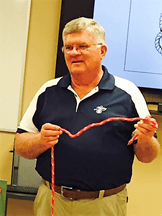
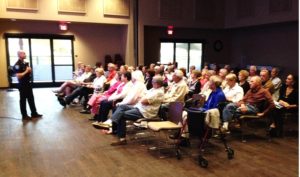 We invited the new head of our city’s Office of Energy Management. And since he is new to the job, we provided him with . . .
We invited the new head of our city’s Office of Energy Management. And since he is new to the job, we provided him with . . .
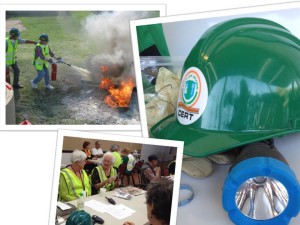 Some of the answers I got.
Some of the answers I got. Keeping CERT Training Interesting With a “Movie Night”
Keeping CERT Training Interesting With a “Movie Night”